Boutique Coffee Science understanding Roasting Coffee roasting degree roasting Coffee percentage what do you think
What we usually talk about is the brewing of coffee beans. Today, in front of the street, we will talk about the roasting knowledge of coffee beans. We know that the process of coffee beans from raw beans to cooked beans is the process of baking, and this process includes light baking and deep baking. What kind of coffee beans should be roasted? at the same time, how to distinguish between light-baked, medium-baked and deep-baked coffee beans?
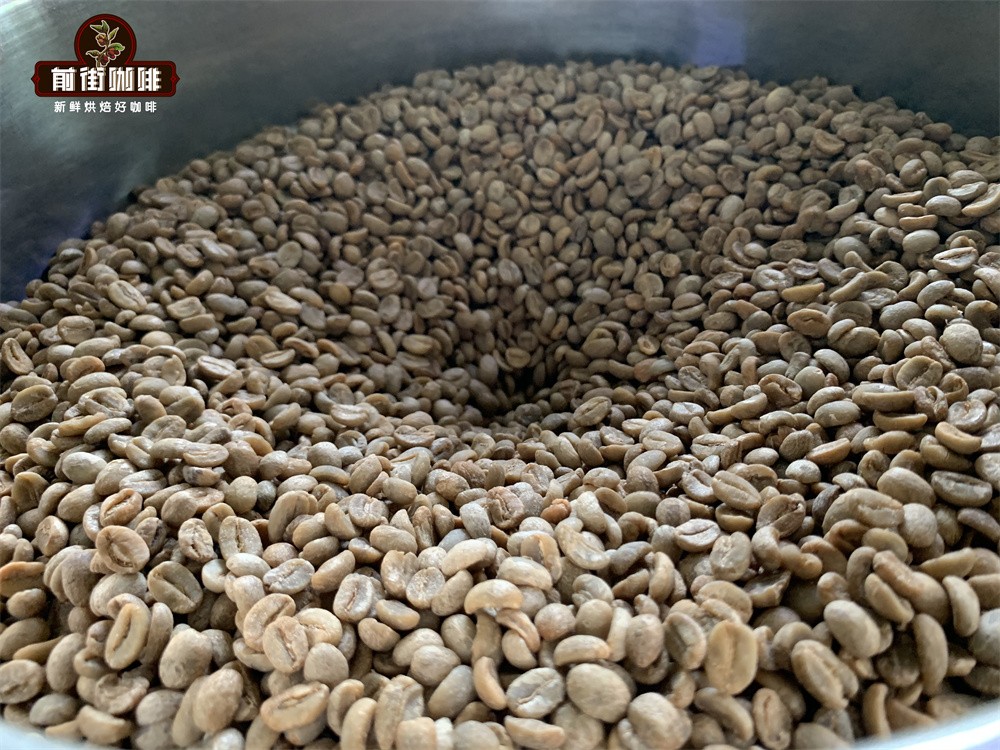
The coffee beans in each producing area have their own local flavor characteristics, and in order to show the flavor characteristics of these coffee beans, it needs to be operated by the roaster. The Qianjie roaster will determine the baking degree according to the country, region, variety and flavor characteristics of the coffee beans. of course, when the current street baker gets a new bean, he will bake three curves according to the baking curve of the large producing area to test the cup, and choose the curve that is most suitable for this coffee bean.
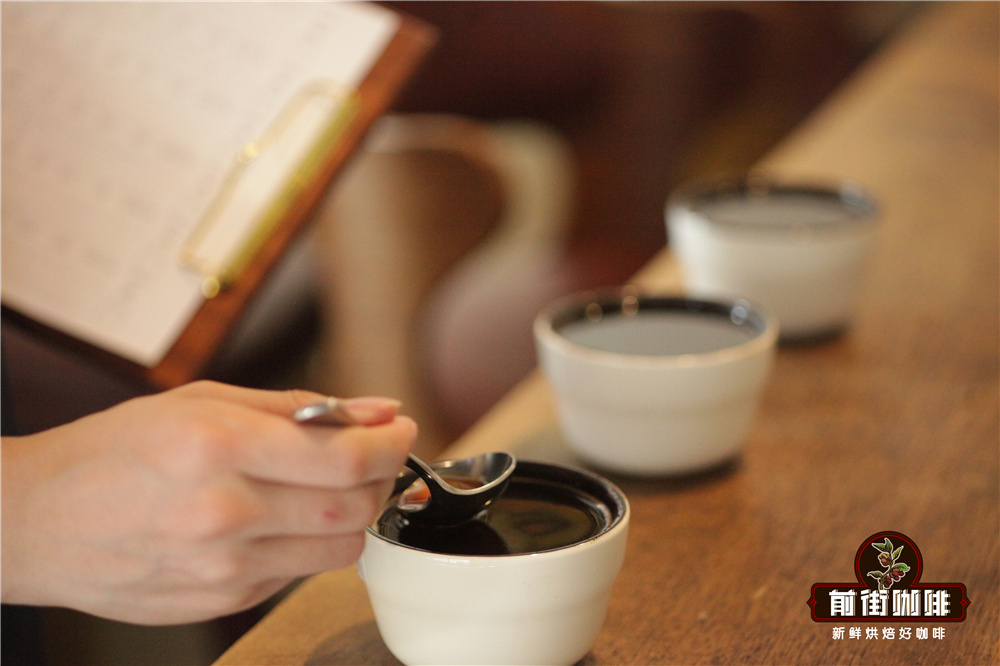
When baking each coffee bean in Qianjie, the roaster should record in detail the bean temperature, weight, temperature recovery point, boiler temperature per minute, dehydration point, explosion point, explosion time, discharge time, dehydration rate, temperature rise rate, etc. (the more detailed the better). Due to the small changes in temperature and heat in the baking process, the taste of beans can be changed, and different beans have different characteristics. And baking is a fast operation in a short time, so it is required to accurately budget the baking process and correct the curve through cup measurement.
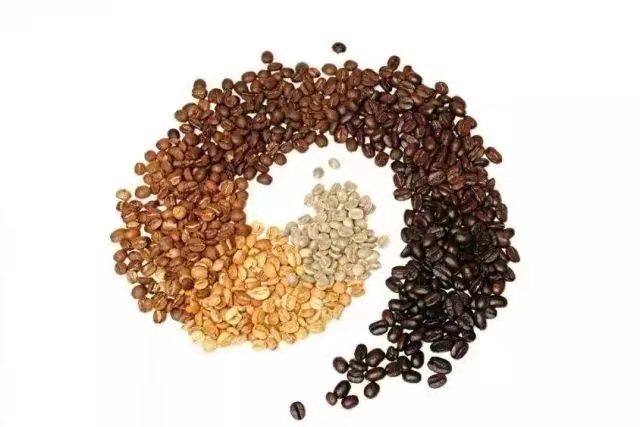
Before roasting, raw coffee beans have a fishy smell, and after baking, they will emit a strong aroma. The depth of roasting degree (roasting degree) of coffee beans will also affect coffee flavor and caffeine content. The lighter the roast, the stronger the acidity and the higher the caffeine content. The deeper the baking, the lighter the sour taste, the more obvious the sweet and bitter taste, and the lower the caffeine content.
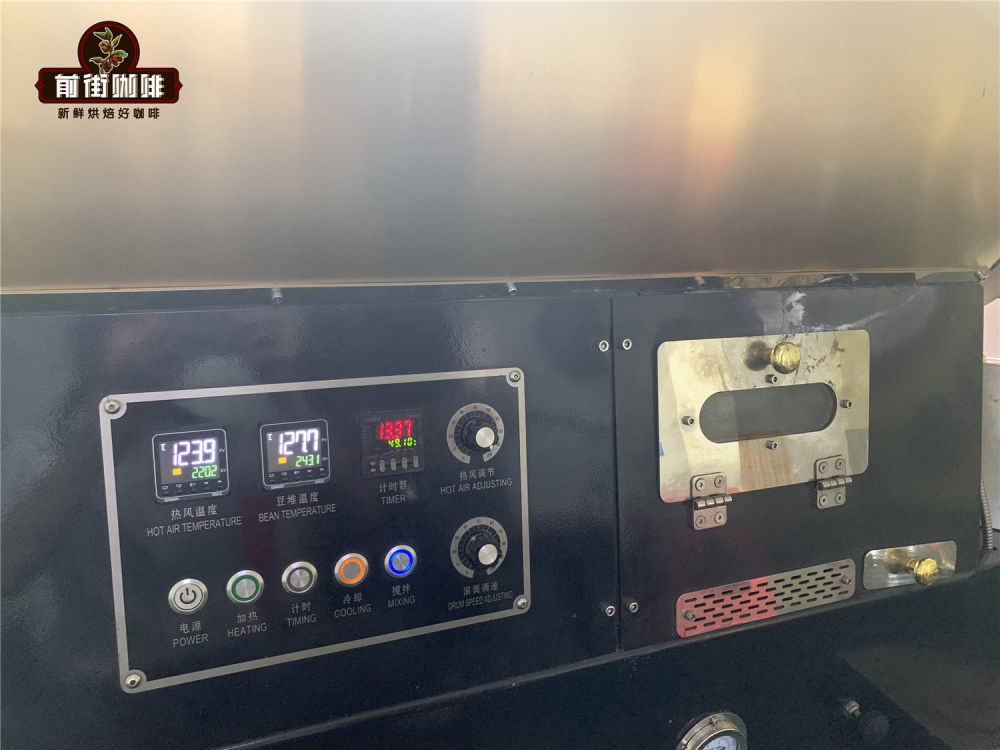
What we mean by coffee roasting is that through heating the raw beans, a series of physical and chemical reactions take place inside and outside of the coffee beans, and in this process, the sour, bitter, sweet and other flavors of the coffee are formed, forming mellowness and hue, and the raw beans are converted into dark brown beans.
The process of roasting coffee beans in Qianjie is mainly divided into the following stages:
Dehydration period-coffee beans change from green to yellow, and you can smell the faint smell of grass
At the initial stage of entering the bean, the temperature in the furnace will drop first due to the heat absorption of the raw bean, and then rise to the temperature recovery point. The water content of raw beans is 8%-14%. With the increase of temperature, the part of free water will gradually turn into steam, the original hard coffee beans soften and expand, and the loss of chlorophyll causes the color to change from green to yellow. The color gradually changed from cyan to yellow or light brown, the silver skin began to fall off, and a faint smell of grass could be smelled.
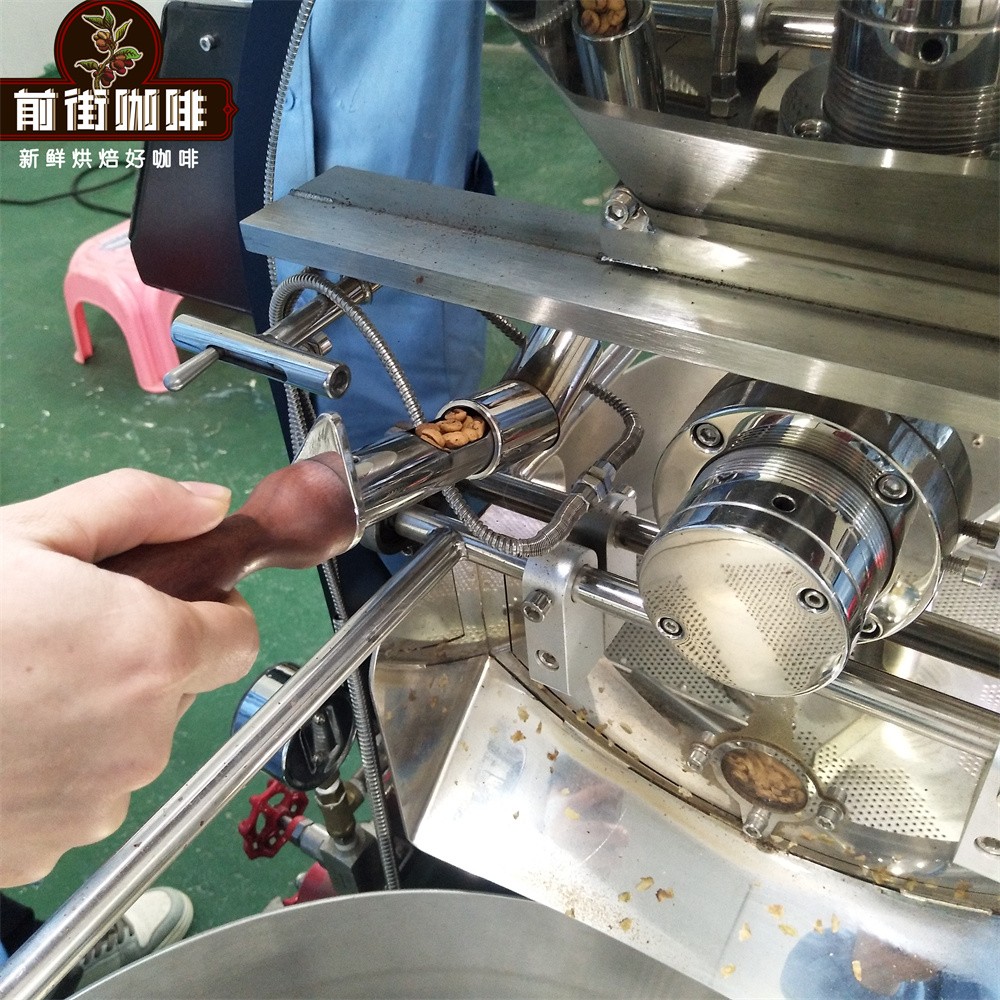
Yellowing period-the color of beans gets darker and darker, giving off the smell of toast or caramel
After the coffee beans turn yellow, there are chemical reactions to form flavor-Mena reaction and caramelization reaction. In the process of heating, the carbohydrates and amino acids of coffee beans interact with each other to produce hundreds of aromatic compounds, a process called "Mena reaction", which affects the aroma and taste of coffee. Beans also turn light brown due to melanoid. The "caramelization reaction" is that sugars are dehydrated into brown caramel before and after an explosion to produce aromatic compounds. the sweetness and bitterness of coffee comes from this, and the bean color becomes darker, and makes the originally tasteless coffee beans float out rich aromas such as caramel, cocoa, cream and so on. At this time, you should reduce the firepower and increase the throttle to avoid baking the beans too fast.
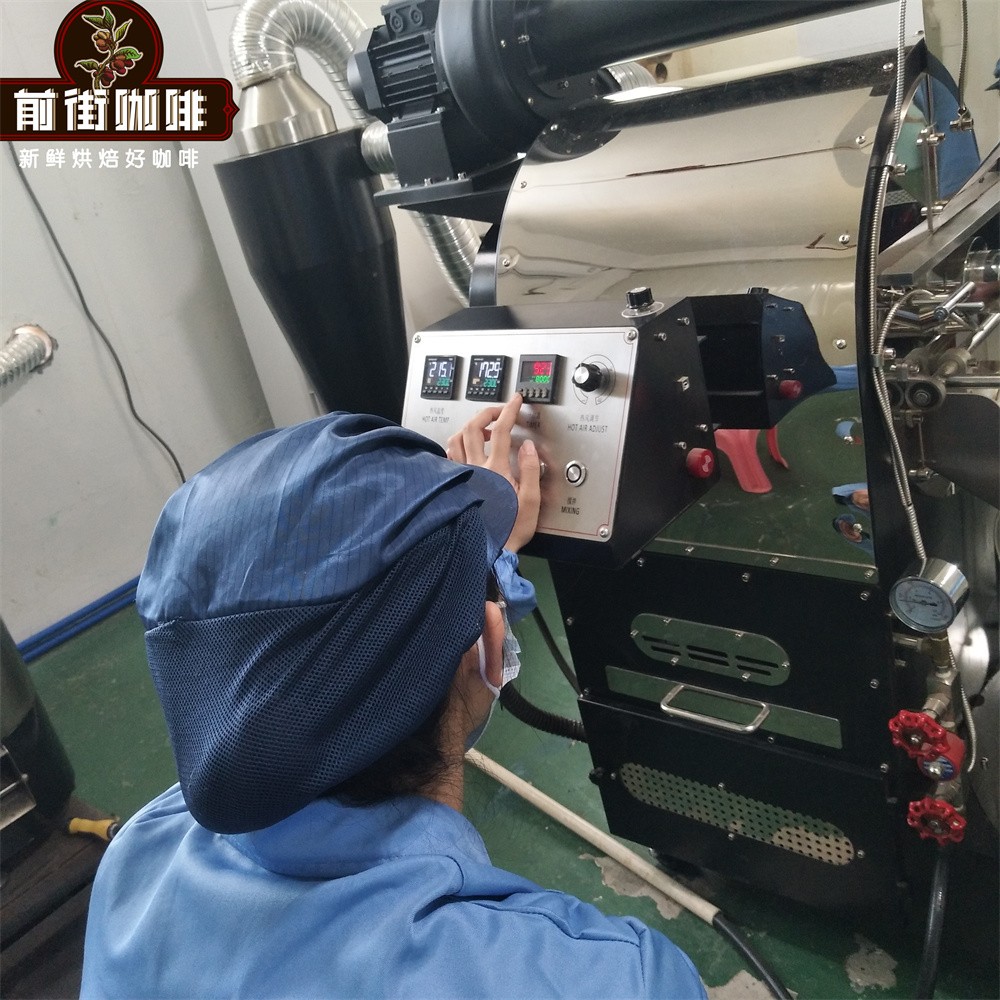
Flavor development period-hear crisp and loud popping sound (1 burst), shallow and medium baked beans
The caramelization and Mena reaction produces large amounts of water vapor and carbon dioxide inside the coffee beans, causing the coffee beans to expand and increase their pressure. when the cell wall cannot withstand the pressure, it will burst-the middle line of the bean cracks, the outer silver skin on the surface of the coffee bean and the inner silver skin of the middle seam fall off, making a sound like breaking branches or popcorn. At this time, the coffee beans change from endothermic to exothermic state, so that the furnace temperature rises rapidly, the firepower should be reduced in time, the throttle should be adjusted to avoid overbaking the beans, and if you want to show the sour flavor, you should seize the opportunity to lower the beans before the end of the explosion.
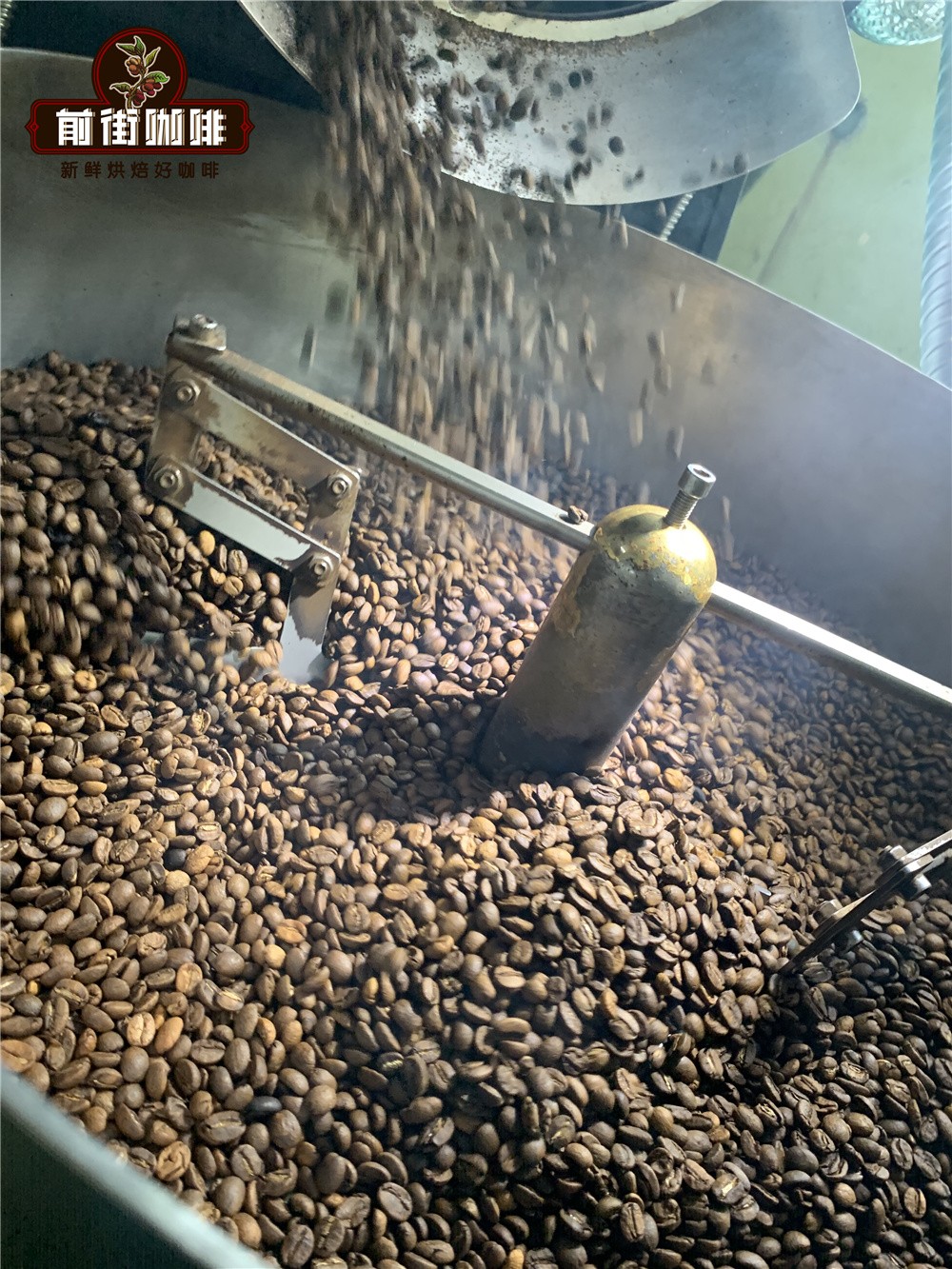
Flavor development period-the popping sound is dull and small (2 explosions), and the time to lower the beans in the middle and deep baking.
After the first explosion, there will be an one-to two-minute rest period, the coffee bean changes from exothermic to endothermic, and the inside of the bean continues to expand at high temperature until the cell wall cannot withstand high temperature and pressure, resulting in a second explosion with less sound. The sound of the second explosion means that the beans have entered the range of deep baking. All kinds of Italian deep baking, French deep baking and Viennese deep baking are nothing more than crazy temptations on the edge of carbonization. During the second explosion, the beans turned to exothermic again, and the surface became more black and brighter due to carbonization and grease.
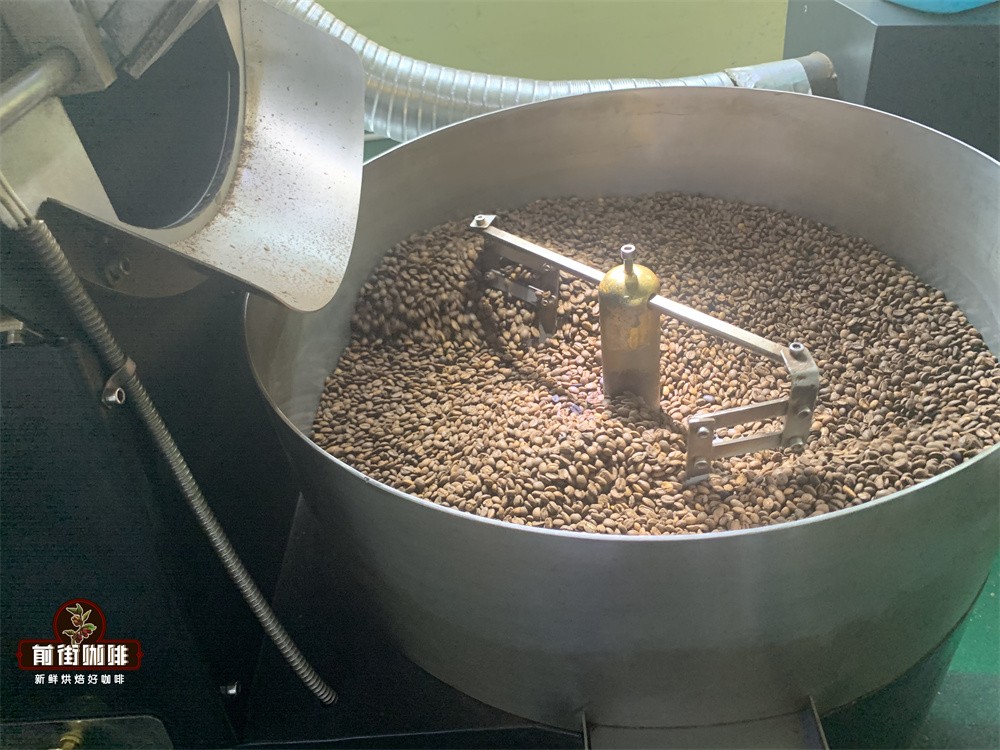
Cooling: as soon as the beans leave the roaster, they must be cooled immediately so as not to cause the beans to roast deeper than they have reached due to the self-baking effect. There are three ways to cool beans:
1) Water cooling: spray water on hot beans that have just been baked to cool them. Because coffee absorbs water easily, this process significantly increases the proportion of beans.
2) cooling with ordinary air.
3) cooling with cooled air.
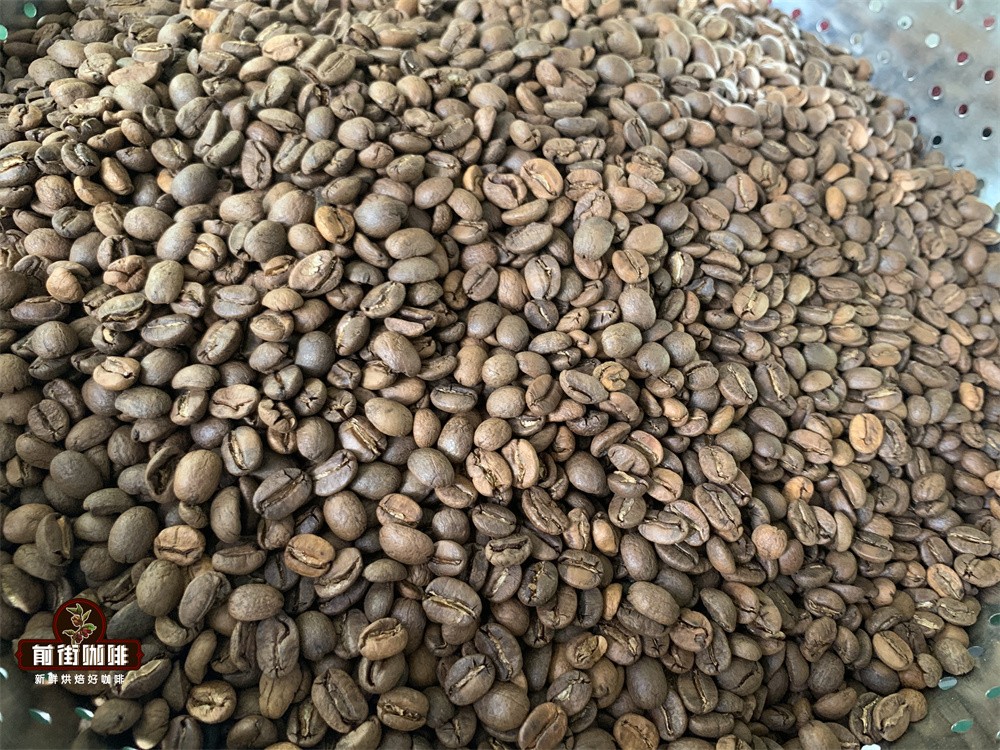
The changes caused by baking are very complicated, and although scientists continue to study and analyze them, they are still unable to get a full picture. There are roughly the following changes:
Weightlessness: the moisture content is reduced from about 13% to 1%, and the weightlessness is about 12% to 21%. The higher the baking degree, the more weightlessness.
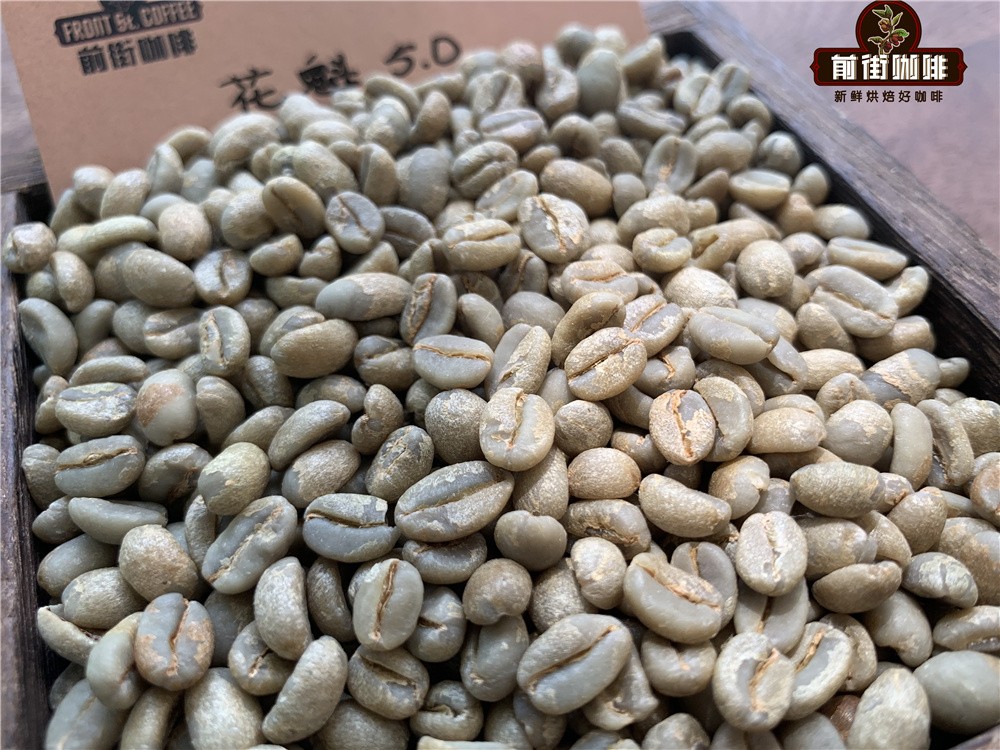
Volume expansion: after baking, the volume of coffee beans will increase by more than 60%. Pore enlargement: the cell wall of raw bean is hard and the cell is empty and locked, so it is not easy to deteriorate. But after baking, the cell wall becomes very fragile, the cell pore is enlarged, and it is easy to lose the internal material.
Formation of carbon dioxide: high temperature decomposition causes the carbohydrates inside the coffee bean to decompose and combine with other substances to form a large amount of carbon dioxide, which resides inside the coffee bean.
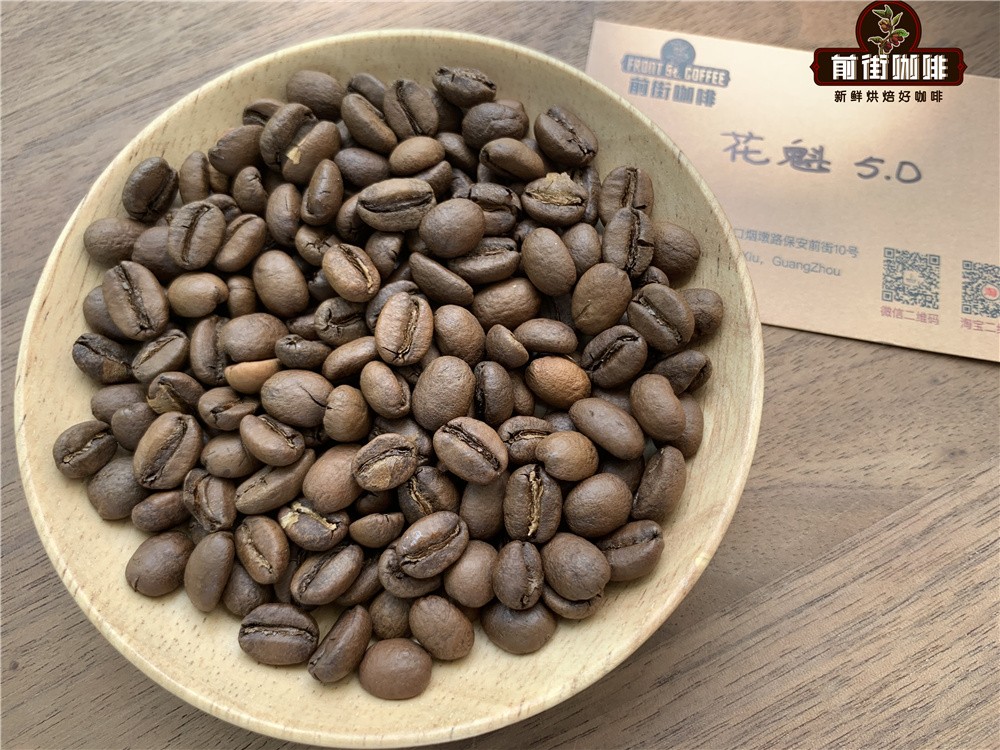
Change the organizational structure: after baking, carbohydrates dropped sharply from 58.9% to 38.3%, and acids (fatty acids, tannins, chloric acid, etc.) decreased from 8.0% to 4.9%. Under the action of high temperature pyrolysis, these substances are reorganized and transformed into caramel, carbon dioxide and some volatile substances. Among them, caramel accounts for 25% of the quality of roasted beans, forming the sweet taste of coffee. Fat accounts for 16.2% of raw beans and increases to 17% after baking, which is the source of mellow taste and consistency. Caffeine levels barely changed. The bitterness of heavy-roasted coffee is not due to more caffeine.
The roasting degree of coffee beans
Light baking-the bean color changes to a delicious cinnamon color, so it is also known as cinnamon roast or half-city roast. Acidity dominates the flavor of lightly roasted beans, such as Essex's Yega Chevy coffee.
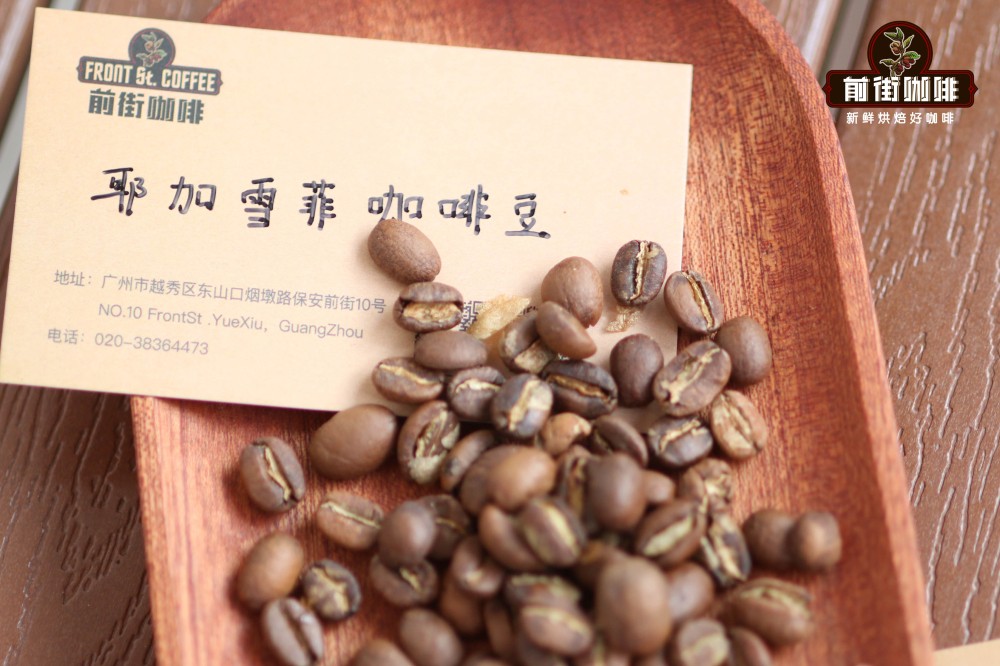
Medium roast-coffee beans are elegantly brown. New Yorkers like to start each day by roasting coffee beans with fragrant milk and sugar at breakfast, so this method of baking is also called breakfast roast or city roast. Medium roasting can not only preserve the original flavor of coffee beans, but also moderately release aroma, so coffee beans in Blue Mountains, Costa Rica, Honduras, Panama and other producing countries have adopted moderate roasting.
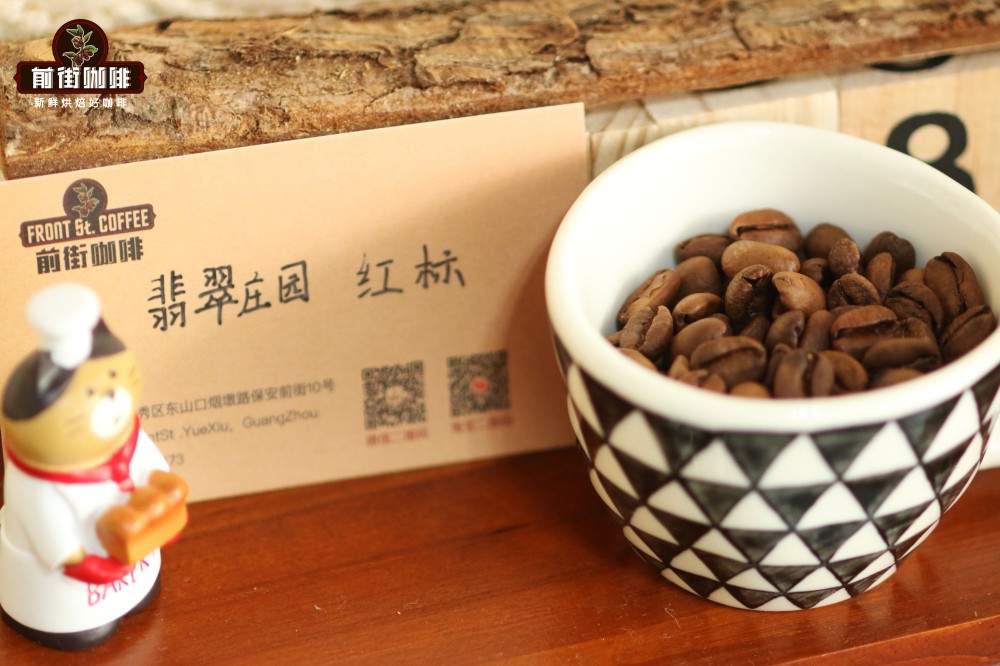
Deep roasting-the darker the color of the coffee beans, the sweeter the flavor, when the oil has turned into caramel, the bitter taste is endless, which is the most suitable for brewing strong Espresso coffee, so it is also called Italian roasting. Such as: coffee beans from Brazil and Colombia.
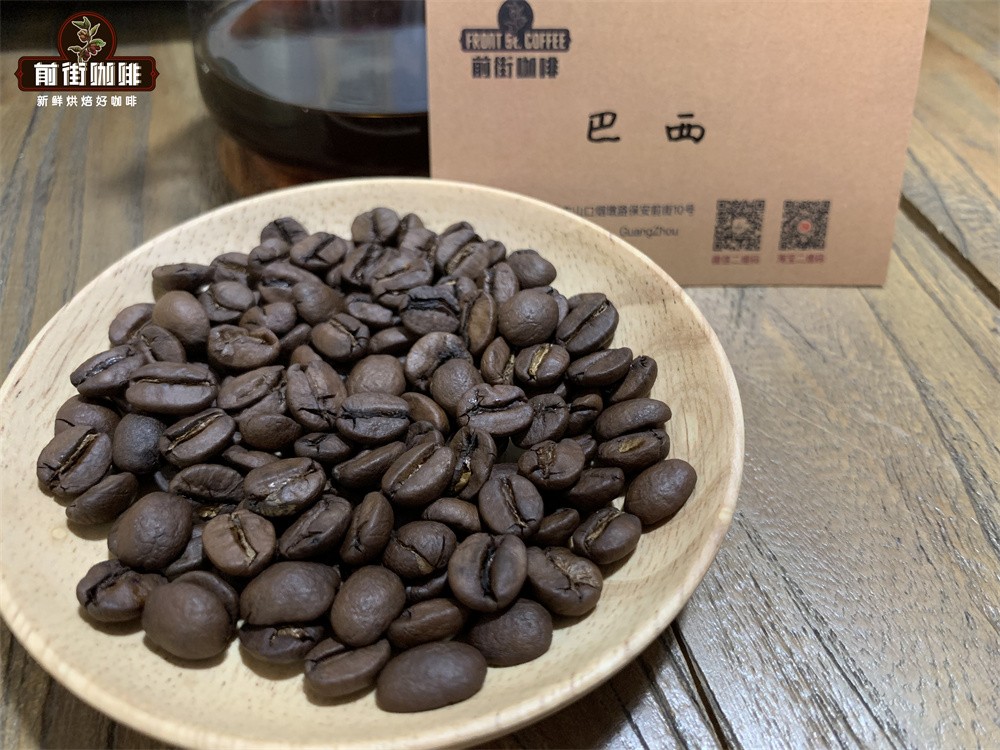
Sometimes the coffee beans you see are darker, but they are medium-baked or even light-baked, and some of them look like medium-baked beans. In fact, this is because some coffee beans are more colored, resulting in the so-called chromatic aberration. To solve this problem, the American boutique coffee association SCAA and the American food technology pioneer Aegzhuang developed a set of universal baking degree data, that is, the famous Agtron test. The principle of measurement is that the roasted coffee powder is irradiated by the infrared ray emitted by the analyzer, reflected back and summed up the value of deep and shallow baking.
The deeper the baking degree, the more obvious the caramelization (or carbonization); the darker the bean surface, the weaker the light reflected, and the lower the measured data. On the contrary, the lighter the baking degree, the lower the carbonization; the less dark the bean surface, the stronger the reflected light, and the higher the measured value. In other words, the caramelization value (Agtron Number) is inversely proportional to the baking degree; the higher the value, the shallower the baking degree, and the lower the baking value, the deeper the baking degree.
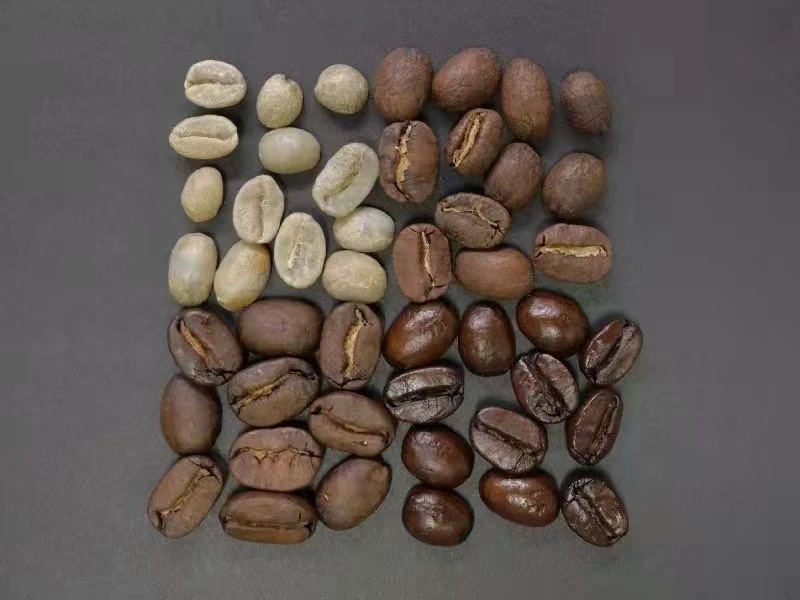
As far as Qianjie knows, some bakers use Roaster% to indicate the degree of baking. In fact, this percentage is similar to that of Agtron. For example, 95% of Roaster represents shallow baking, 90% of Roaster represents cinnamon baking, 85% of Roaster represents moderate baking, 80% of Roaster represents medium-deep baking, and Roaster 70% represents deep baking.
Suggestions for making coffee in front of the street:
Freshly roasted coffee beans are not recommended to be cooked immediately in front street, because the carbon dioxide in the coffee beans has not been completely discharged, and the flavor of the coffee beans is fully reflected, so it is necessary to raise the coffee beans. The bean cultivation period of coffee is about 4-7 days, and the coffee beans shipped from Qianjie coffee are all roasted within 5 days. The purpose of Qianjie roasting is "freshly roasted coffee", so that every guest who places an order is the freshest coffee when he receives it. So when the guest gets it, it's the best time for the flavor.
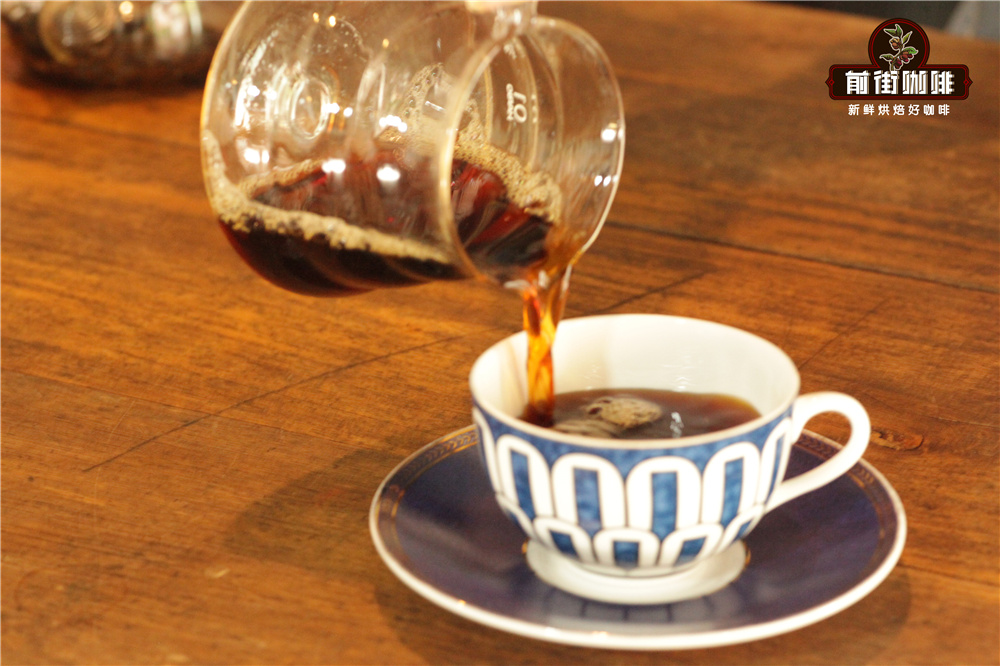
For those who need to be ground, Qianjie warmly reminds you that if the coffee beans are ground in advance, there is no need to raise the beans, because in the process of transportation, the pressure caused by carbon dioxide in the package can also make the coffee flavor round. so you can drink a cup of coffee as soon as you receive the coffee powder. But the coffee powder needs to be brewed in time, because the coffee powder oxidizes more quickly after contact with the air, that is to say, the flavor of the coffee will dissipate more quickly, and the flavor of the coffee is not so good. Therefore, Qianjie suggests buying whole beans, grinding and flushing now, so that we can better taste the flavor of coffee.
Professional coffee knowledge exchange more coffee bean information please follow the coffee workshop (Wechat official account cafe_style)
For more boutique coffee beans, please add private Qianjie coffee on Wechat. WeChat account: qjcoffeex
Important Notice :
前街咖啡 FrontStreet Coffee has moved to new addredd:
FrontStreet Coffee Address: 315,Donghua East Road,GuangZhou
Tel:020 38364473
- Prev

Basic knowledge of high-quality coffee preservation methods of coffee
The storage of coffee beans has a direct impact on the quality of coffee beans, especially for coffee beginners, how to preserve your beloved beans? here are some ways to preserve coffee beans. ◎ makes good use of the specific gravity of carbon dioxide as far as gas is concerned, the specific gravity of carbon dioxide is higher than that of gas. Therefore, in the same sealed space, carbon dioxide precipitates at the bottom and air floats at the top. Understand this.
- Next
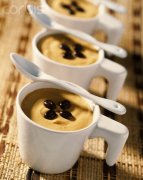
Basic knowledge of Coffee where does coffee taste bitter?
The researchers identified two compounds associated with the bitterness of coffee to add milk and sugar to a steaming cup of coffee, a sign that many people start a new day. Although this is done to reconcile the bitterness of the drink, the reason why coffee makes us frown has puzzled scientists for decades. Today, by identifying two types of breakfast coffee that are either mild or mild,
Related
- Beginners will see the "Coffee pull flower" guide!
- What is the difference between ice blog purified milk and ordinary milk coffee?
- Why is the Philippines the largest producer of crops in Liberia?
- For coffee extraction, should the fine powder be retained?
- How does extracted espresso fill pressed powder? How much strength does it take to press the powder?
- How to make jasmine cold extract coffee? Is the jasmine + latte good?
- Will this little toy really make the coffee taste better? How does Lily Drip affect coffee extraction?
- Will the action of slapping the filter cup also affect coffee extraction?
- What's the difference between powder-to-water ratio and powder-to-liquid ratio?
- What is the Ethiopian local species? What does it have to do with Heirloom native species?

